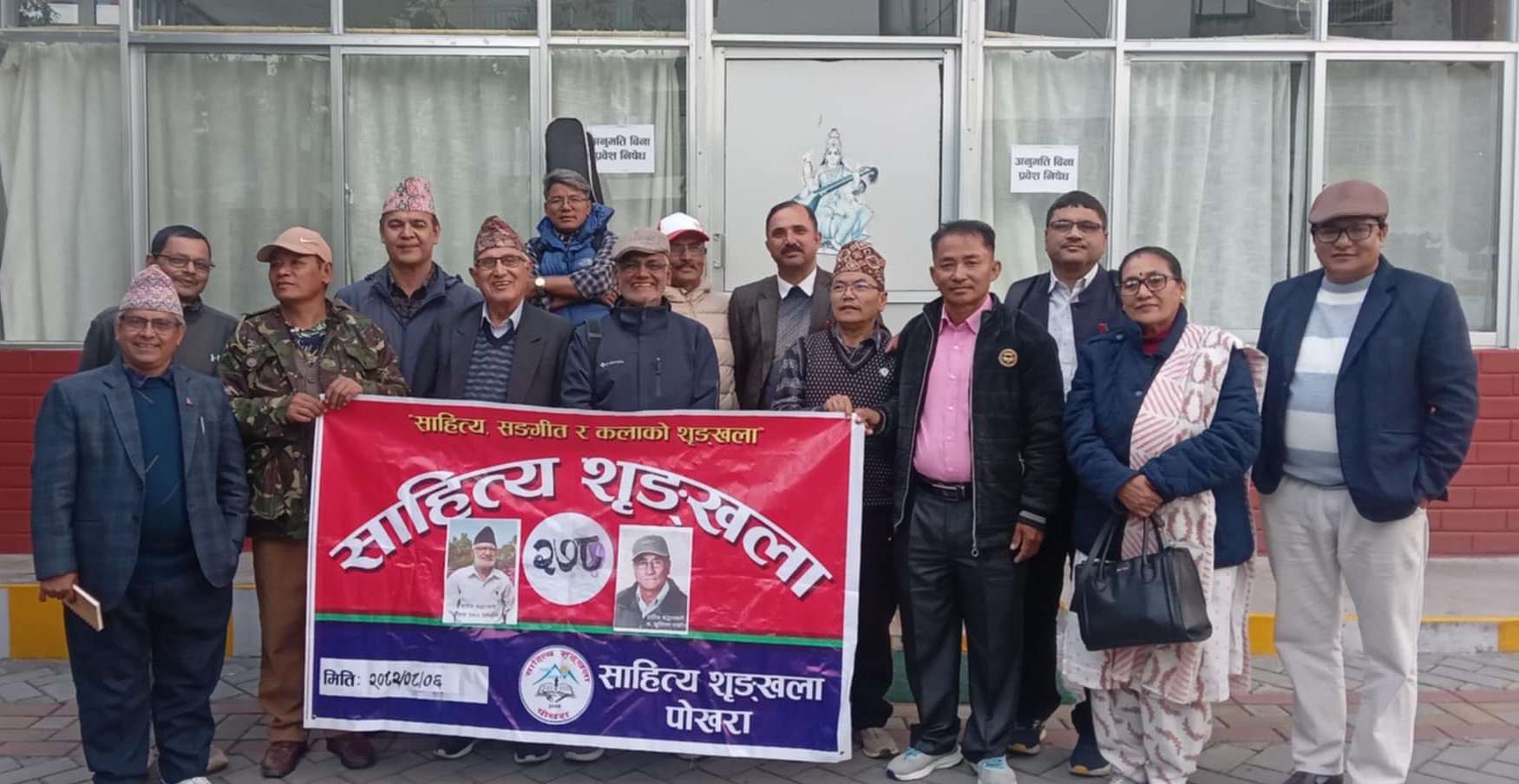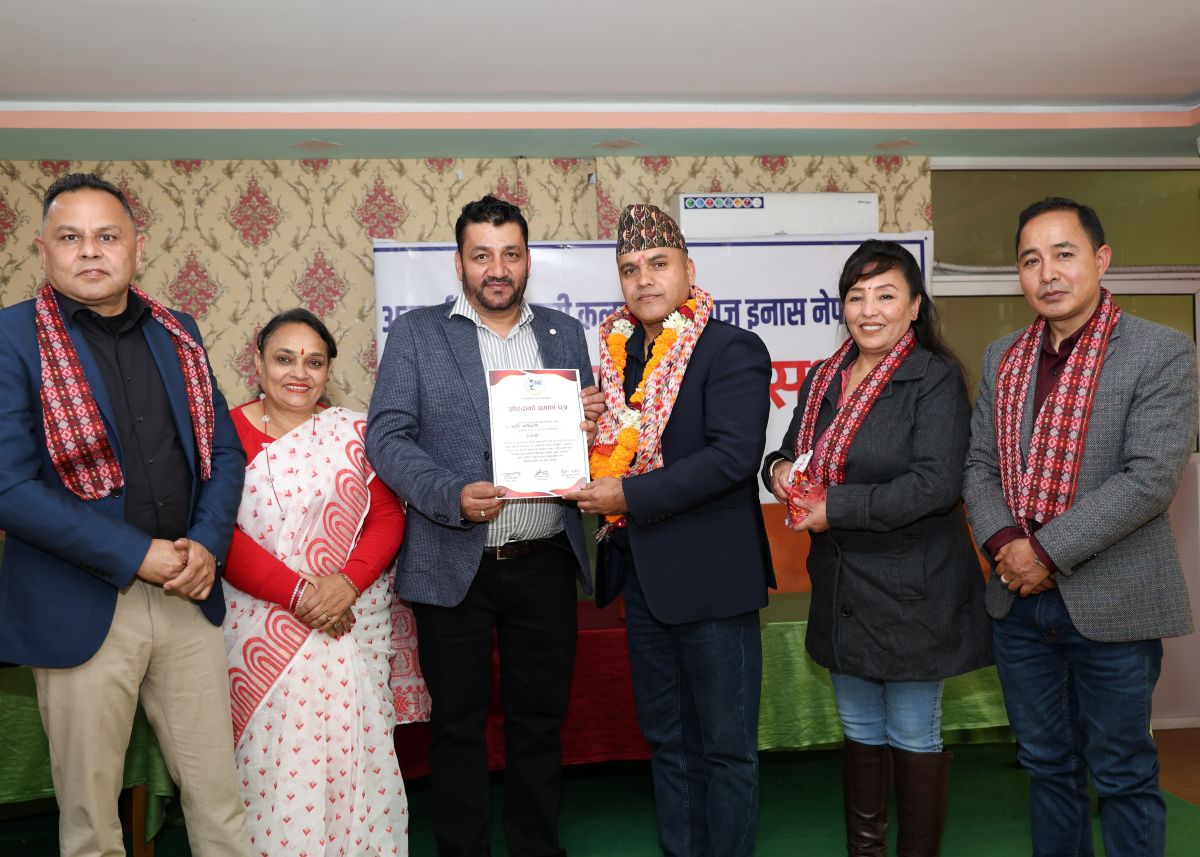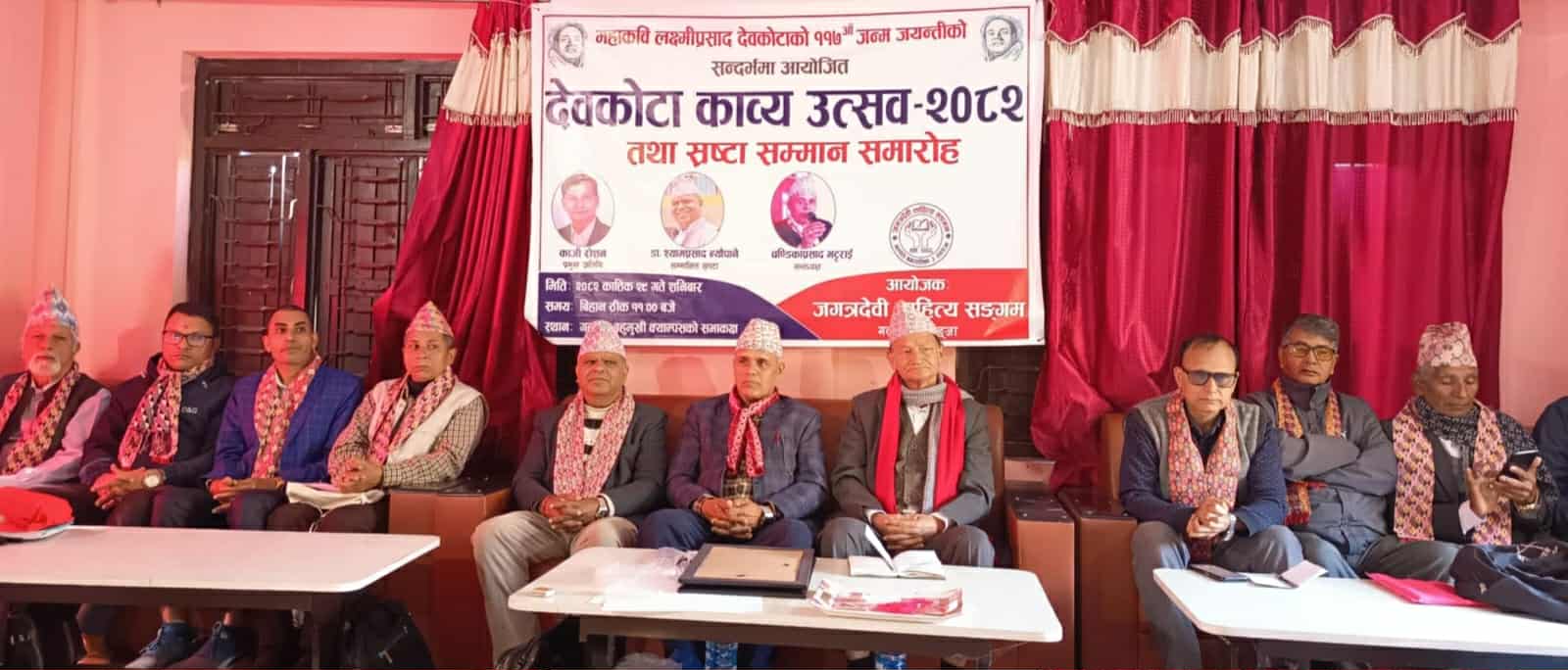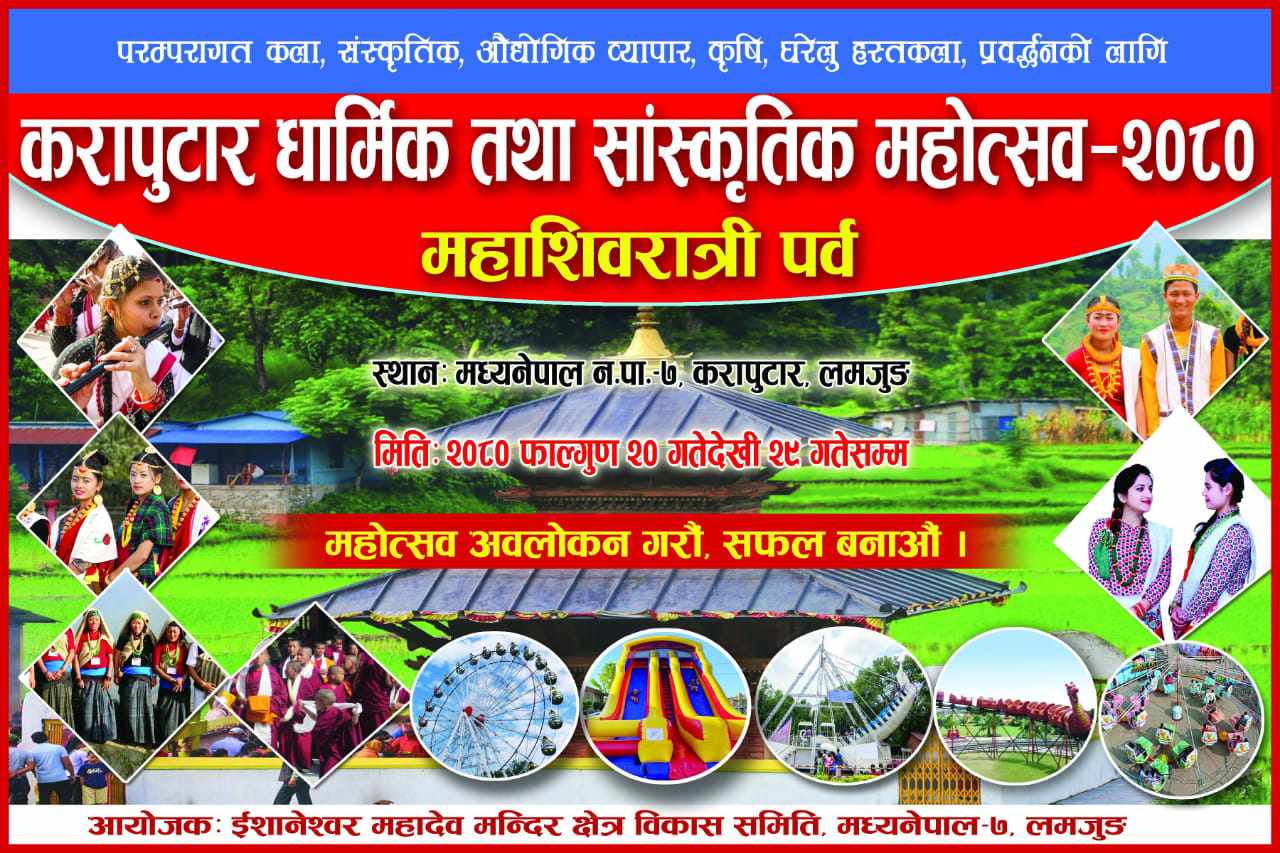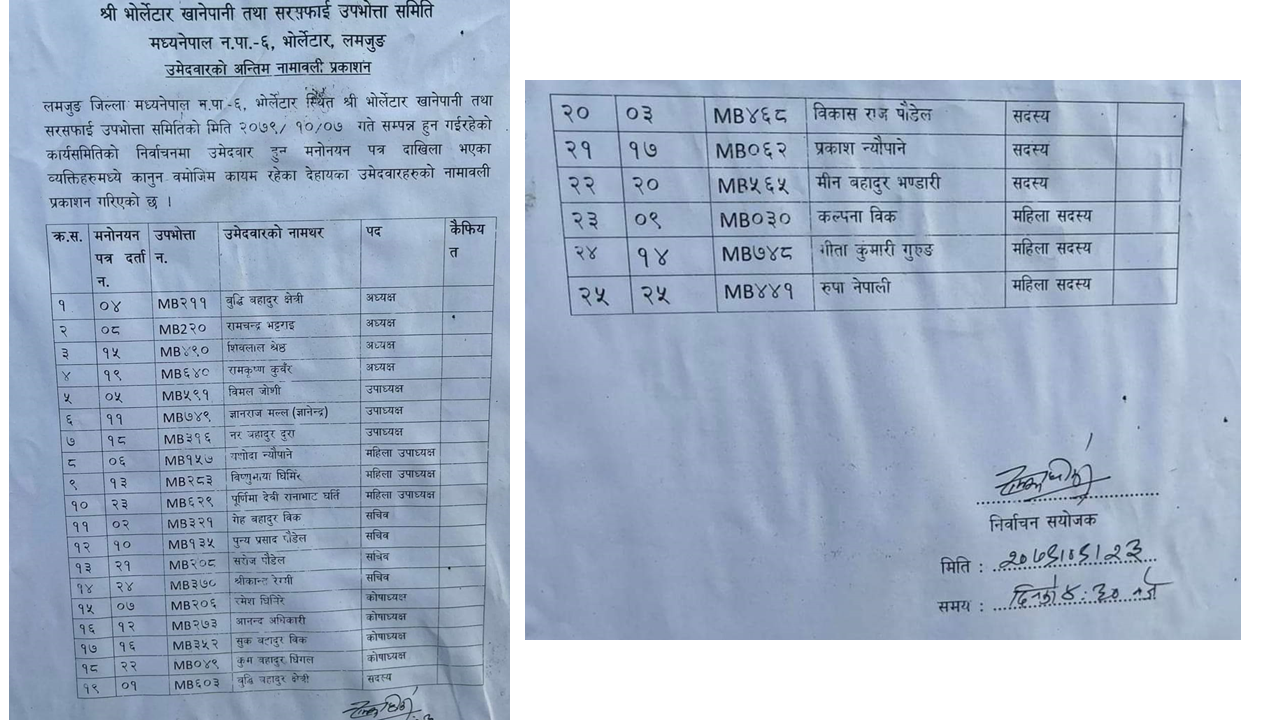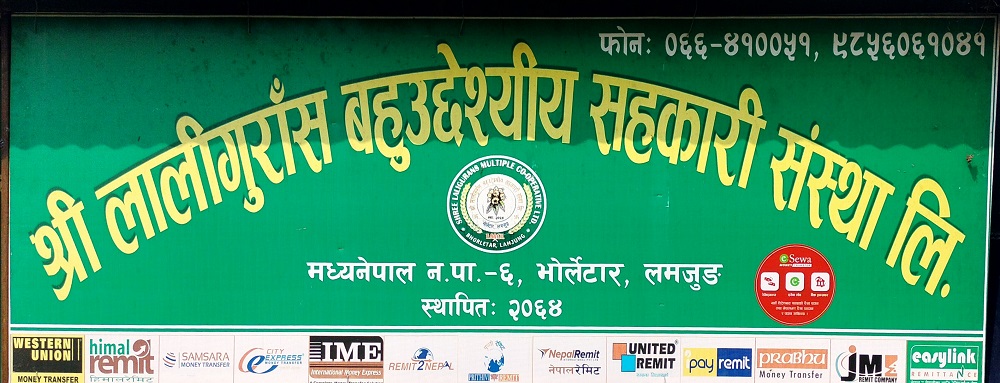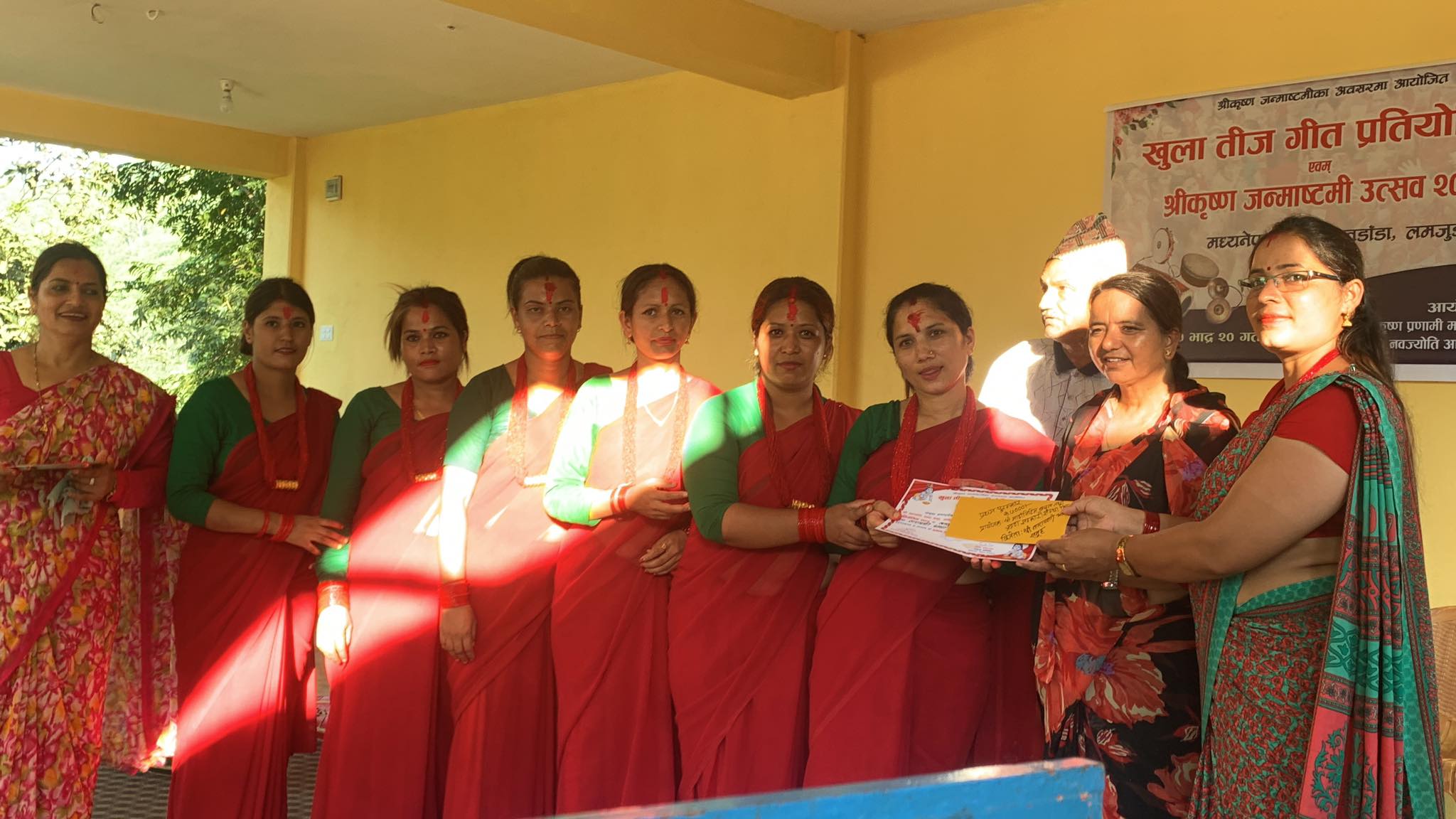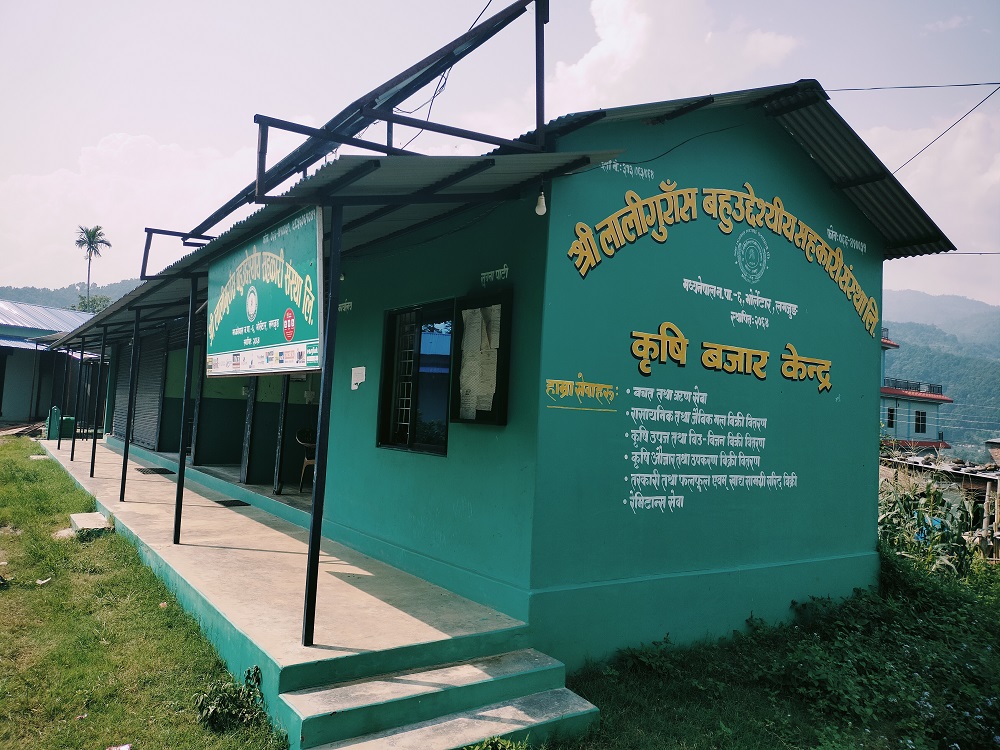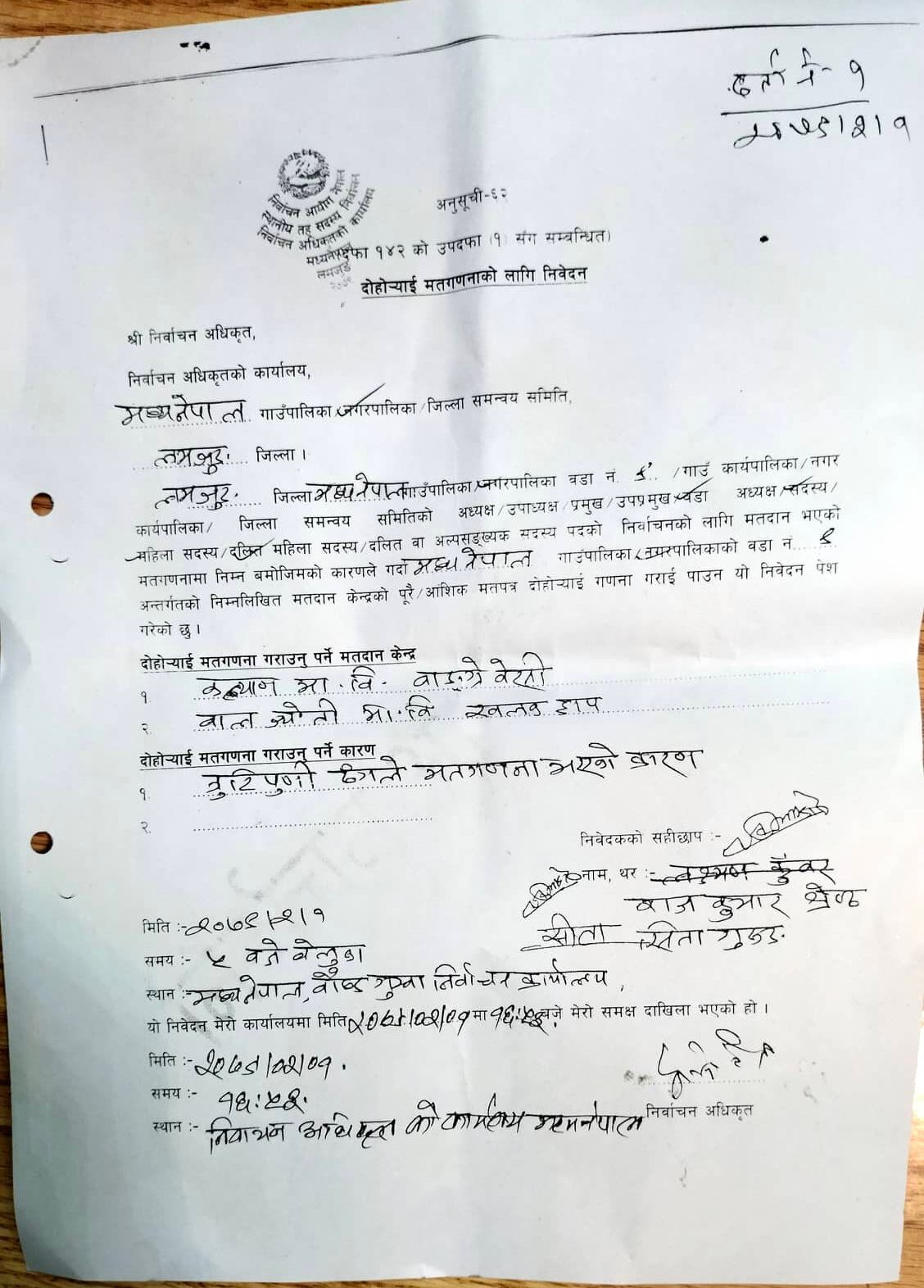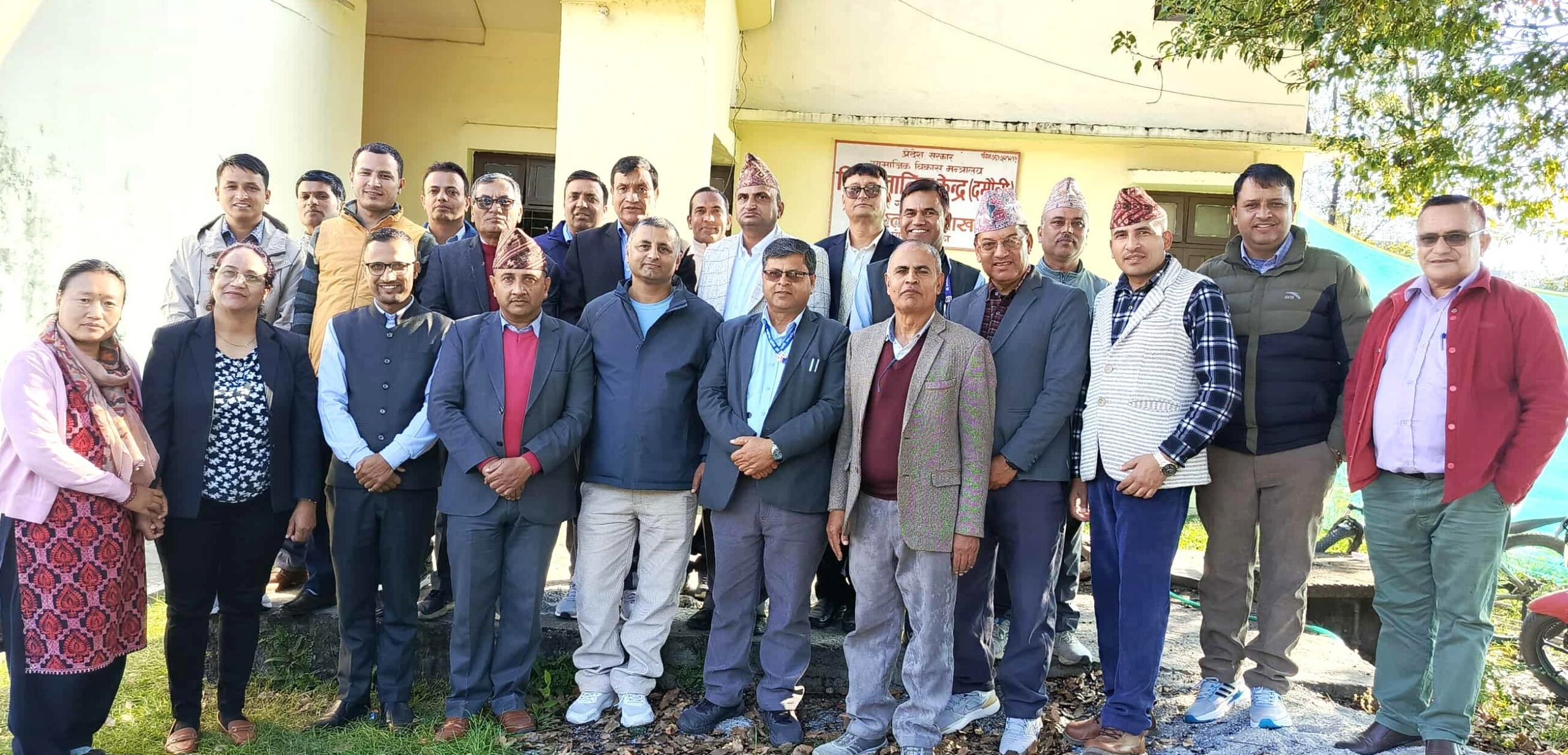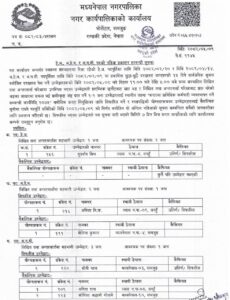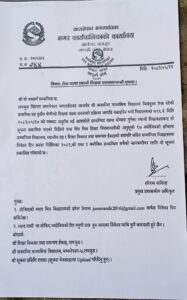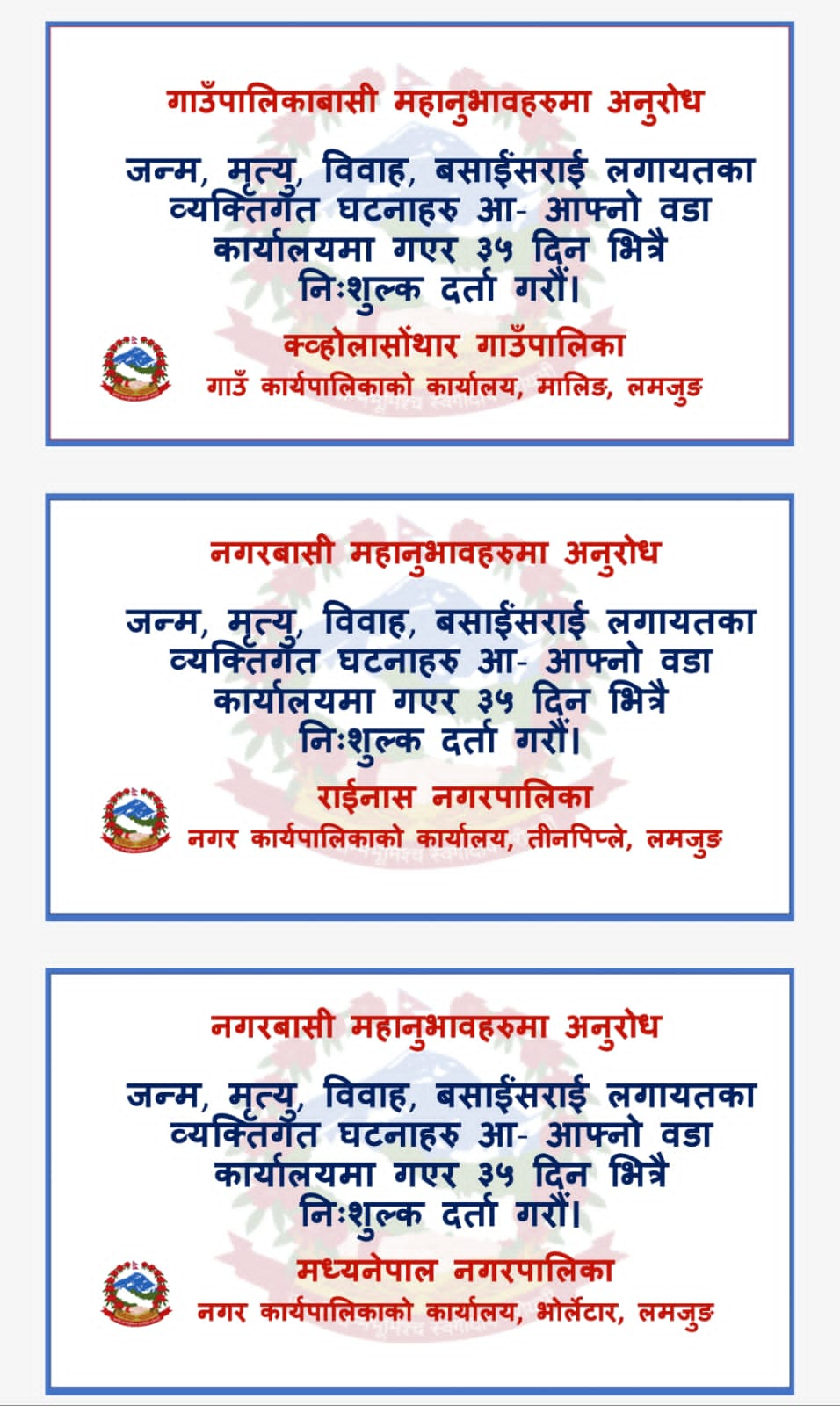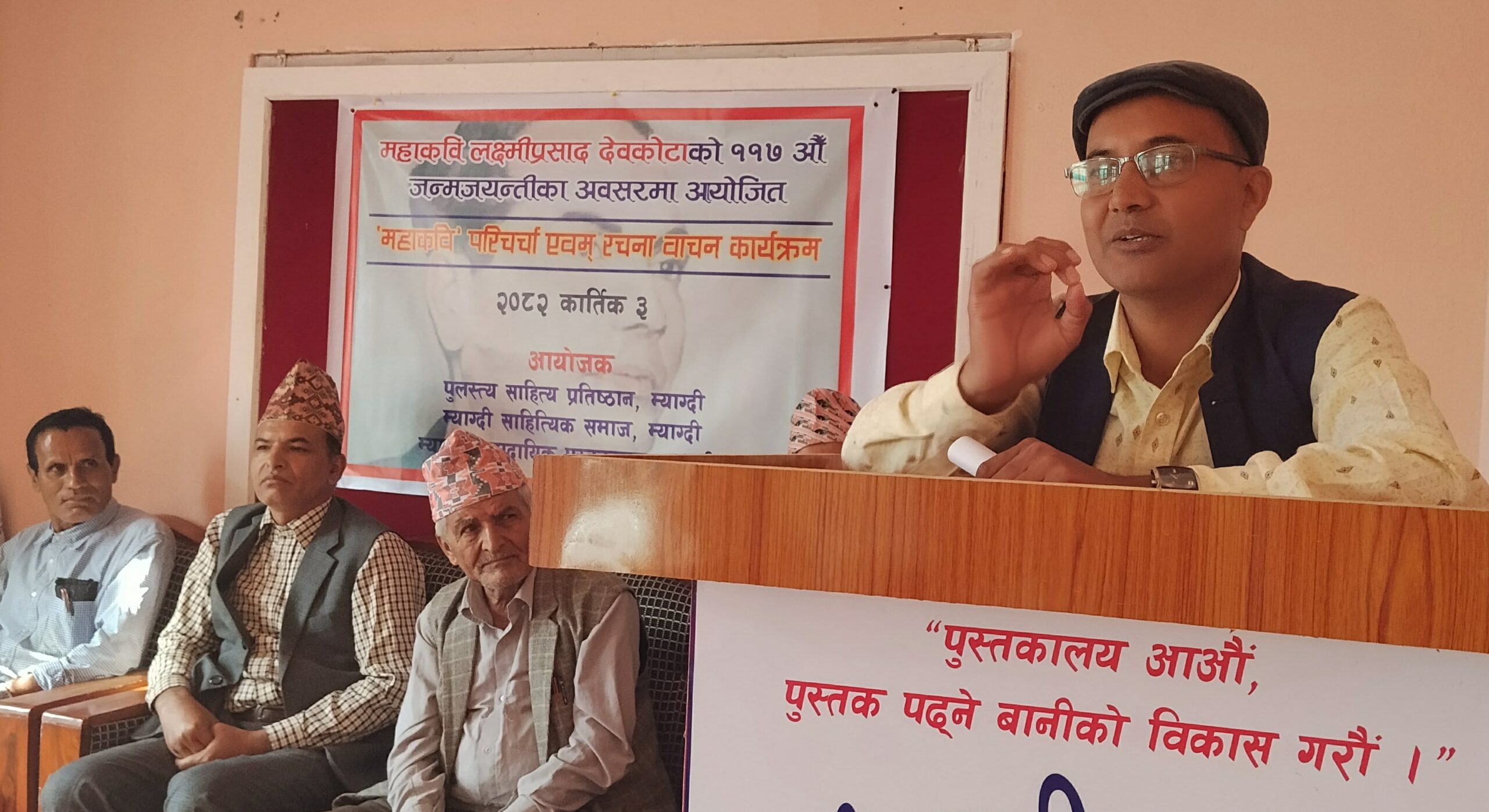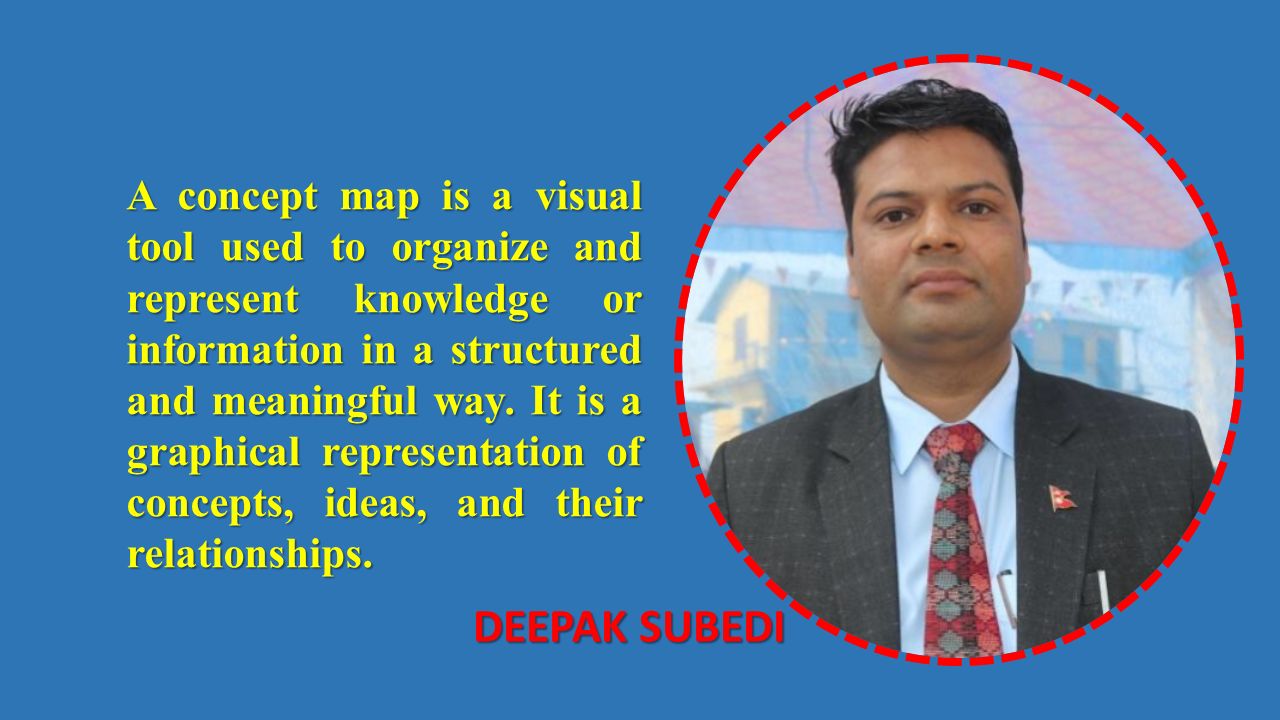
Concept mapping In Science Education
(A new Paradigm in Science Teaching learning Process.)
DIPAK SUBEDI

( Science Teacher, Shree Bishwa shanti secondary school, Rupa-05, Kaski)
Abstract:
Concept mapping is a valuable instructional tool in science education that enhances students’ understanding of complex scientific concepts and promotes critical thinking skills. This paper explores the educational implications of concept mapping in the context of science education. It highlights the benefits of concept mapping in organizing scientific knowledge, facilitating meaningful learning, and supporting conceptual change. Additionally, it emphasizes the role of concept mapping in promoting inquiry-based learning, collaborative learning, and effective assessment practices. The paper presents an overview of different types of concept mapping used in science education and their practical applications. Furthermore, it discusses the cognitive processes involved in creating concept maps and the ways in which concept mapping can address students’ misconceptions. By incorporating concept mapping into science classrooms, educators can foster active engagement, deep comprehension, and long-term retention of scientific concepts. This paper concludes by highlighting the need for further research and professional development to maximize the potential of concept mapping as an effective instructional strategy in science education.
Introduction
A concept map is a visual tool used to organize and represent knowledge or information in a structured and meaningful way. It is a graphical representation of concepts, ideas, and their relationships. Concept maps are widely used in education, brainstorming sessions, problem-solving, and knowledge management. When new knowledge is integrated with and connected to existing knowledge, the new knowledge is easier to understand and to remember. A science teacher’s job is to build scaffolding from existing knowledge on which to hang incoming new knowledge. Using a concept map is one way to build that scaffolding. In concept maps the structured conceptualization by representing knowledge in graphs. Knowledge graphs are networks of concepts. Networks consist of nodes (also called points or vertices) and links (also called arcs or edges). Nodes represent concepts and links represent the relations between the major and minor concepts.
*Concept maps are concrete graphical illustrations that indicate how a single concept is related to other concepts in the same category (Trochim & Kane, 2005)
*Concept maps are two dimensional representations of cognitive structures showing the hierarchies ad the inter connections of concepts involved in a discipline or sub discipline (Stankov, Howard, Daniel, & Cargo, 2017).
*Concept map is a tool of assisting and enhancing people thinking and learning (Kane &Trochim,2007)
*Concept map is a technique for representing knowledge in graphs (Durst & Zieba, 2019).
*A concept map is a method of remembering the knowledge to connect ideas in the form schematic diagram (Schuster, 2020).
*A concept map is a kind of visualization and a kind of diagram, i.e. a graphical representation of some domain knowledge. More precisely, concept mapping is a technique to visualize relationships between different concepts. Concepts are drawn as nodes (boxes) and relations are drawn with so-called arcs, i.e. lines that are drawn between associated concepts (Canas, Reiska, & Novak, 2016).
The theoretical foundation of concept mapping
Theoretical foundation of concept mapping draws from various disciplines and theories, including cognitive psychology, constructivism, and information processing. Here is a brief overview:
*Cognitive Psychology: Concept mapping aligns with cognitive psychology’s view of knowledge organization and representation in the human mind. It recognizes that individuals organize knowledge through interconnected mental constructs or concepts, forming a network of relationships.
*Constructivism: Concept mapping aligns with the constructivist approach to learning, which emphasizes active construction of knowledge by learners. Concept maps allow individuals to actively organize and connect concepts based on their existing knowledge and understanding, facilitating meaningful learning and knowledge construction.
*Information Processing: Concept mapping reflects the information processing theory, which suggests that individual’s process and store information by encoding, organizing, and retrieving it. Concept maps provide a visual representation that aids in encoding information, organizing it into meaningful patterns, and facilitating retrieval and comprehension.
*Schema Theory: Schema theory proposes that individuals use mental frameworks or schemas to organize and interpret information. Concept maps help learners develop and refine their schemas by representing concepts and their relationships explicitly, promoting schema development and restructuring.
*Meaningful Learning: Concept mapping supports meaningful learning, as proposed by David Ausubel’s theory of meaningful learning. It emphasizes the importance of connecting new information with existing knowledge, integrating concepts into a meaningful cognitive structure. Concept maps facilitate the identification of meaningful relationships and promote deeper understanding.
*Knowledge Construction: Concept mapping aligns with the notion of knowledge construction, as advocated by social constructivism. It acknowledges that knowledge is actively constructed through social interactions and personal experiences. Concept maps encourage collaboration, reflection, and negotiation of meanings, enabling learners to co-construct knowledge.
These theoretical foundations provide the rationale behind concept mapping as a valuable tool for organizing, representing, and constructing knowledge. By leveraging these principles, concept maps support cognitive processes, enhance understanding, and foster active learning and knowledge integration.
A concept map typically consists of the following components:
*Central Topic/Theme: The main concept or topic that the map revolves around. It is usually represented as a central node or box.
*Nodes/Concepts: These are the individual ideas, concepts, or terms related to the central topic. They are represented as nodes or boxes connected to the central topic.
*Links/Connections: Lines or arrows that connect the nodes, indicating the relationships or connections between different concepts. These connections can represent various types of relationships such as cause-and-effect, similarities, differences, or hierarchical relationships.
*Keywords/Phrases: Concise labels or phrases that describe the concepts or nodes. They provide a brief summary or description of each concept.
*Hierarchical Structure: Concept maps often show a hierarchical structure, with more general concepts at the top and more specific concepts branching out below. This structure helps to organize and understand the relationships between different levels of information.
*Examples/Evidence: Additional information or examples that support or illustrate the concepts. These can be added as supplementary nodes or attached to existing nodes.
*Cross-Links: Connections between different parts of the concept map, indicating relationships or associations between concepts in different areas.
*Visual Organization: The layout and arrangement of the nodes and connections, which can be done in a hierarchical, radial, or other organized manner to enhance readability and understanding.
Concept maps are versatile tools that can be customized based on the specific needs and goals of the user. They are used for brainstorming, organizing information, understanding complex topics, and facilitating learning and knowledge retention.
- Hierarchical Concept Mapping:
*This type of concept mapping arranges concepts in a hierarchical structure, with the most general concepts at the top and more specific concepts branching out below. It helps to illustrate the organization and relationships between different levels of information.

*Spider Concept Mapping: Spider concept mapping, also known as radial concept mapping, places the central topic in the center and connects related concepts in a radial pattern. It is particularly useful for brainstorming and exploring ideas from a central point.

*Flowchart Concept Mapping: Flowchart concept mapping uses a series of boxes or nodes connected by arrows to represent the flow of processes or steps in a system. It is often used for visualizing workflows, decision-making processes, or procedural information.

*System Concept Mapping: System concept mapping focuses on capturing the relationships and interactions between various components or elements within a system. It helps to understand the system as a whole and identify the interdependencies between its parts.
*Causal Concept Mapping: Causal concept mapping highlights cause-and-effect relationships between concepts. It identifies the factors that influence or contribute to a specific outcome or event, helping to analyze and explain complex causal chains.
*Concept Mapping for Learning: This type of concept mapping is often used in educational settings to facilitate learning and comprehension. It helps students organize and connect new information with existing knowledge, promoting critical thinking and knowledge retention.
*These types of concept mapping can be combined or adapted based on specific purposes or requirements. The choice of concept mapping type depends on the nature of the information being represented and the goals of the mapping process.
Educational implications of concept mapping in science education:-
*Organizing Knowledge: Concept mapping helps students organize and structure their understanding of scientific concepts. It allows them to see the relationships and connections between different ideas, making it easier to comprehend complex scientific concepts.
*Promoting Critical Thinking: Creating concept maps requires students to analyze, evaluate, and synthesize information. It promotes critical thinking skills by encouraging them to identify key concepts, determine relationships, and apply higher-order cognitive processes.
*Enhancing Information Retention: Concept mapping facilitates meaningful learning by encouraging students to actively engage with the material. The process of creating and revising concept maps helps reinforce the connections between concepts, leading to better information retention and long-term memory.
*Facilitating Conceptual Change: Concept mapping can help students overcome misconceptions and develop accurate scientific understandings. By identifying and addressing misconceptions through the mapping process, students can reconstruct their mental models and refine their conceptual frameworks.*Supporting Inquiry-Based Learning: Science education often emphasizes inquiry-based learning, where students actively explore and investigate scientific phenomena. Concept mapping complements this approach by allowing students to document their inquiries, observations, and findings in a visual and organized manner.
*Collaborative Learning: Concept mapping can be used as a collaborative learning tool. Students can work together to create concept maps, fostering teamwork, communication, and negotiation of ideas. Collaborative concept mapping encourages peer learning and provides opportunities for discussions and knowledge sharing.
*Assessment and Evaluation: Concept maps can be used as a formative or summative assessment tool in science education. They allow teachers to assess students’ understanding of scientific concepts, identify misconceptions, and evaluate the depth of their knowledge. Concept maps also provide valuable insights into students’ learning progress over time.
*By incorporating concept mapping into science education, teachers can promote active learning, critical thinking, and a deeper understanding of scientific concepts among students.
References
* Calfee, R. C., & Valencia, R. R. (1991). APA guide to preparing manuscripts for journal publicatio Washington, DC: American Psychological Association. Edited Book, No Author
* Duncan, G. J., & Brooks-Gunn, J. (Eds.). (1997). Consequences of growing up poor. New Yo Russell Sage Foundation.
*Edited Book with an Author or Authors
*Plath, S. (2000). The unabridged journals (K.V. Kukil, Ed.). New York: Anchor. Laplace, P. S. (1951). A philosophical essay on probabilities.(F. W. Truscott & F. L. Emory, Trans
*Translated books
*New York: Dover. (Original work published 1814).Edition Other Than the First Helfer, M. E., Keme, R. S., & Drugman, R. D. (1997). The battered child (5th ed.). Chica University of Chicago Press.
*Online Periodical with DOI Assigned, not DOI
*Brownlie, D. (1998). Toward effective poster presentations: An annotated bibliography. Europe Journal of Marketing, 41(11/12), 1245-1283. doi:10.1108/03090560710821161 Kenneth, I. A. (2000). A Buddhist response to the nature of human rights. Journal of Buddhist Ethi
*Retrieved from http://www.cac.psu.edu/jbe/twocont.html
*Westinghouse Electric Corporation. (2009). Lightning model [Photograph]. Retrieved fro http://photography.nationalgeographic.com/photography/photo-of-the-day/lightning-model- pod-best09/
–0–


